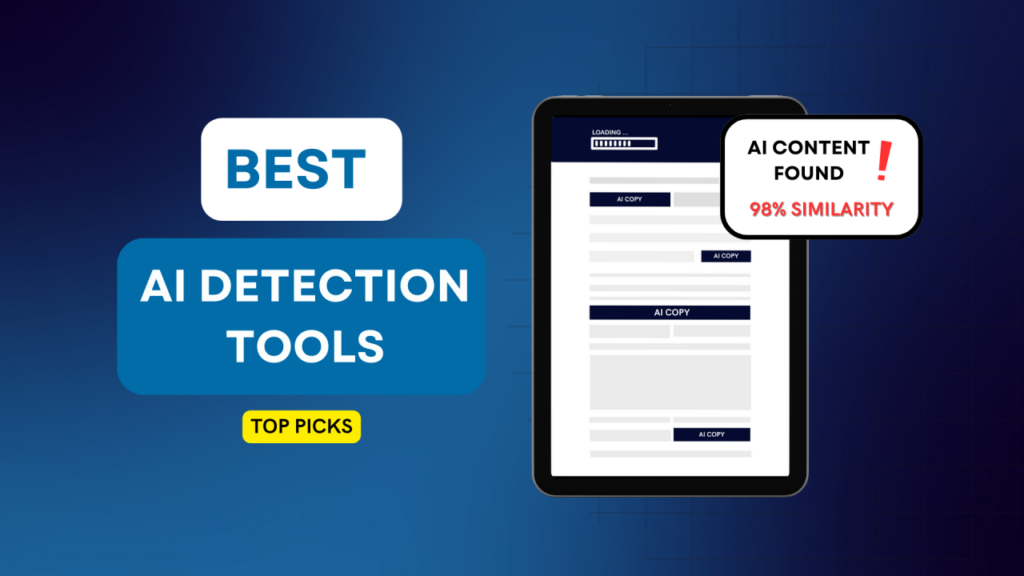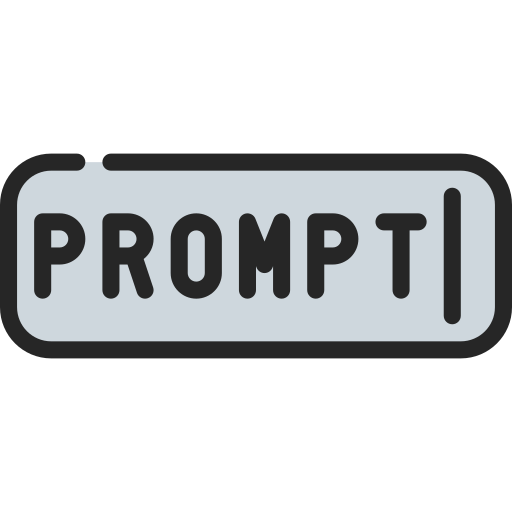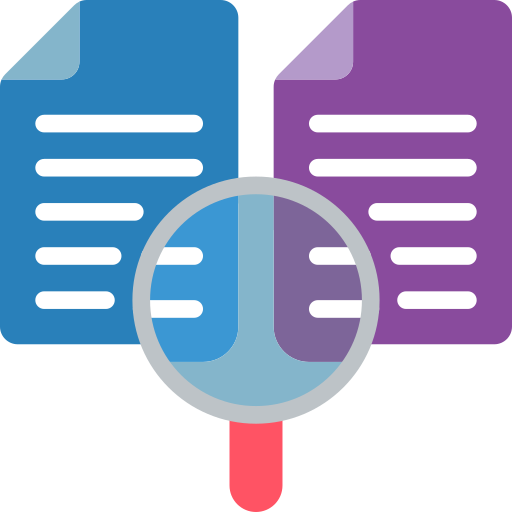
World where content creation is fast-paced and ideas are shared widely, maintaining originality is essential. For writers, students, and professionals alike, the need for unique content is clear—not just to avoid plagiarism but also to add real value to readers. This is where a plagiarism AI detector comes into play, helping users verify the authenticity of their work. Let’s explore how these tools work, their benefits, and which features make for a reliable plagiarism AI detector.
What Is a Plagiarism AI Detector?
A plagiarism AI detector is an advanced tool that uses artificial intelligence to detect instances of copied or duplicated content in a document. Unlike traditional plagiarism checkers, which match exact phrases, AI-based detectors go beyond by analyzing content contextually. This means they can catch instances of “intelligent plagiarism,” where ideas are paraphrased or restructured but not completely original.
Why Use a Plagiarism AI Detector?
Maintain Academic Integrity
Academic institutions take plagiarism seriously, often with strict penalties. For students, an AI plagiarism detector is essential to ensure they submit original work while maintaining academic integrity.
Protect Intellectual Property
For writers, journalists, and creators, safeguarding intellectual property is paramount. A plagiarism AI detector helps protect original ideas and prevents unauthorized reuse of content.
Improve Content Quality
Even unintentionally duplicated content can affect your credibility. Using an AI detector helps eliminate repeated ideas or phrases, making your work more polished and professional.
How Does a Plagiarism AI Detector Work?
Plagiarism AI detectors operate using machine learning algorithms that allow them to understand language beyond exact matches. Here’s a breakdown of the steps involved:
Input the Text: Begin by uploading or pasting your content into the detector.
Content Analysis: The AI examines the document, searching for similarities with other sources by looking at phrasing, structure, and syntax.
Contextual Comparison: Unlike traditional plagiarism checkers, AI-based tools use natural language processing to compare content in context. This allows them to detect similarities even when phrases are paraphrased.
Report Generation: The detector provides a report, highlighting parts of the text that need revision or attribution. Many also offer similarity scores to indicate how much of the content may need rephrasing.
Key Features of an Effective Plagiarism AI Detector

When choosing a plagiarism AI detector, several features are essential to ensure accuracy and ease of use:
High Detection Accuracy
An effective detector should identify even subtle instances of plagiarism, including reworded ideas and partially paraphrased sentences.
Real-Time Detection
For those working under deadlines, real-time plagiarism detection is invaluable. Some tools offer quick scanning options to save time.
Comprehensive Database Access
A high-quality AI detector should have access to a vast database of sources, including academic papers, web pages, journals, and more, for comprehensive detection.
User-Friendly Interface
A clean, easy-to-navigate interface enhances usability. This is especially important for users who need to scan content regularly.
Report Customization
The ability to customize reports, highlight problem areas, and export the results makes it easier to use the detector’s feedback for revisions.
Popular Plagiarism AI Detectors
Several plagiarism AI detectors are gaining popularity due to their advanced features and high accuracy. Here are a few recommended options:
Grammarly
Grammarly’s plagiarism checker is a well-regarded tool for content creators and students alike. It uses an AI-driven database to compare your content with billions of web pages, research articles, and more. It also provides grammar checks, making it a comprehensive tool for editing and plagiarism detection.
Turnitin
Widely used in academic settings, Turnitin’s AI-based plagiarism checker is one of the most trusted tools for ensuring originality. It compares student submissions to a massive repository of academic and online content, making it highly accurate for academic work.
Copyscape
Copyscape is a popular choice for web content creators and marketers. Known for its detailed reports, it’s especially useful for checking articles, blog posts, and other online materials. Copyscape’s paid version offers advanced features that help avoid unintentional content duplication.
Quetext
Quetext is another AI-based plagiarism detector that uses DeepSearch technology to identify both exact matches and rephrased content. It’s suitable for a range of users, from educators to writers, and offers a simple, user-friendly platform with detailed results.
Unicheck
Unicheck is known for its high accuracy and speed, especially in educational settings. This tool integrates with learning management systems (LMS) and offers a detailed report highlighting potential plagiarism instances in both text and citation.
Benefits of Using a Plagiarism AI Detector

Using a plagiarism AI detector provides multiple advantages, from saving time to improving content credibility. Here are some key benefits:
Saves Time on Manual Checks
Instead of manually reviewing content, AI detectors quickly analyze and flag areas that need attention, saving time and effort.
Enhances Originality and Creativity
AI detectors encourage users to think creatively and rephrase content, leading to more original and engaging work.
Builds Trust and Credibility
Original content builds trust with readers, whether in academic or professional settings. Plagiarism detectors help uphold the quality and integrity of the work.
Prevents Unintentional Plagiarism
Sometimes, ideas overlap unintentionally. Plagiarism AI detectors ensure that even inadvertent similarities are identified and addressed.
Tips for Using a Plagiarism AI Detector Effectively
To maximize the benefits of a plagiarism AI detector, keep the following tips in mind:
Use it as a Final Check
Run your content through the detector as a final step, ensuring that all revisions and citations are in place.
Review the Report Carefully
Plagiarism reports can sometimes flag legitimate citations or common phrases. Take time to assess each highlighted section and determine if it requires rephrasing or clarification.
Combine with Paraphrasing Tools
For flagged content, consider using a paraphrasing tool to rewrite sections while preserving the original meaning. This can help make the content even more unique.
Always Attribute Properly
When using others’ ideas or research, proper citation is key. An AI detector helps identify sources, but correctly attributing them ensures compliance with academic or publication standards.
Challenges of Plagiarism AI Detectors

While highly useful, plagiarism AI detectors have some limitations:
May Flag Common Phrases: AI detectors sometimes identify common phrases as potential plagiarism, requiring manual review.
Limited Accuracy for Specialized Content: Technical or highly specialized content may pose a challenge for some detectors, which could result in false positives or missed similarities.
A plagiarism AI detector is an essential tool for ensuring the originality and credibility of written content. By combining advanced algorithms with a comprehensive database, these tools provide reliable results, whether you’re a student, writer, or content creator. From Grammarly to Copyscape, numerous tools offer high accuracy, user-friendly interfaces, and additional features that make plagiarism detection both simple and effective. In an age where originality is highly valued, using a plagiarism AI detector can make a significant difference in maintaining quality and integrity.
FAQs About The Plagiarism AI Detector
Are plagiarism AI detectors accurate?
Yes, they are highly accurate but may require a manual review for common phrases or specialized content.
Can a plagiarism AI detector work offline?
Most AI detectors require an internet connection to access comprehensive databases for comparison.
Is using a plagiarism AI detector necessary for blog writing?
Yes, it helps ensure content originality, which is essential for SEO and reader trust.
Do AI detectors replace the need for manual editing?
No, while they flag potential issues, manual review is crucial for context and accuracy.
Are there free plagiarism AI detectors?
Some tools offer free versions, though premium options typically offer more accurate and comprehensive checks.







